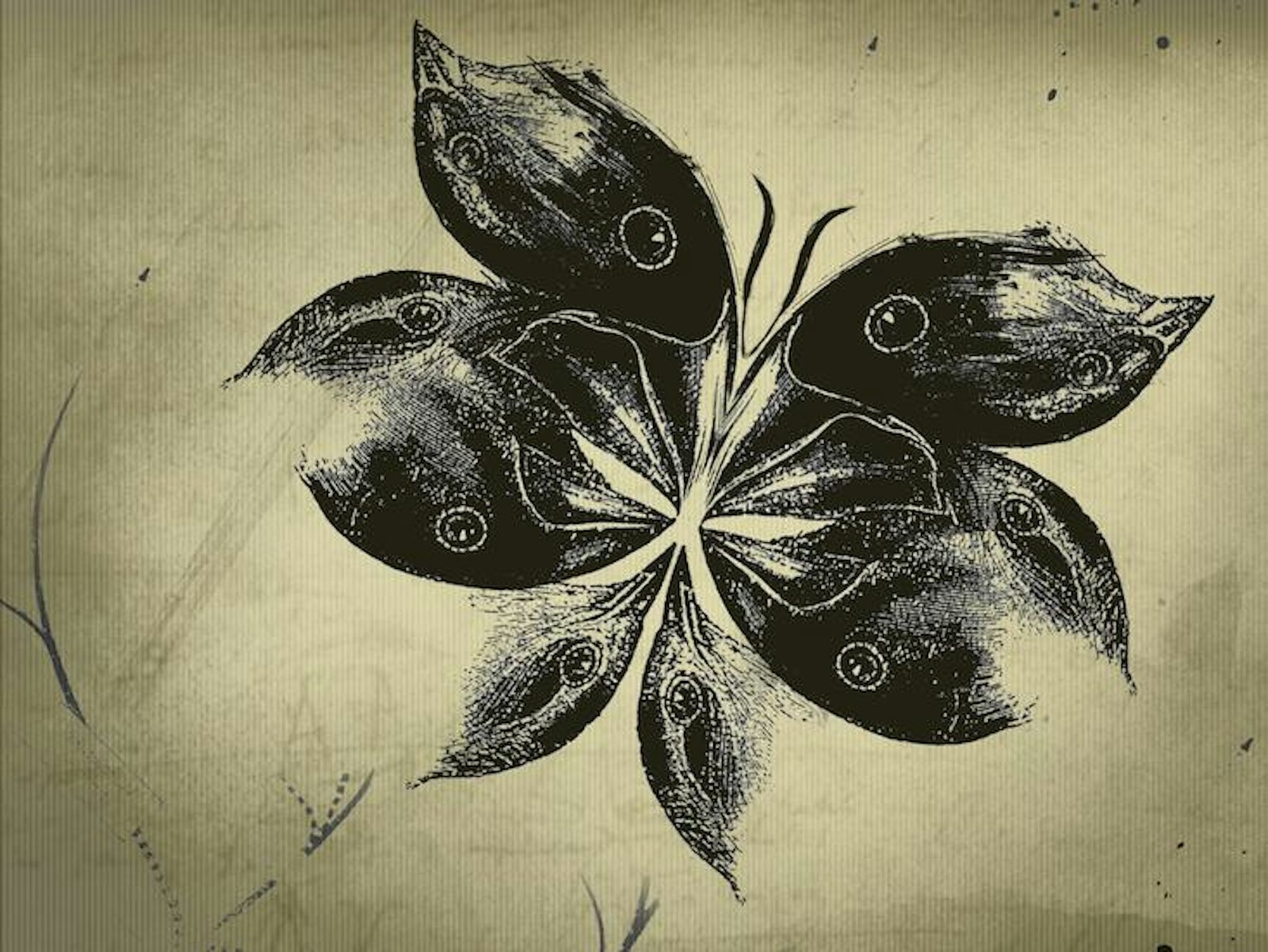Darwin’s finches are in trouble. Climate change and globalization have drastically affected their habitats on the Galapagos Islands. In the 1960s, we introduced, most likely through a banana import from Brazil, the fly parasite Philornis downsi. The fly’s larvae infest the finches’ nests, where they enter the nostril cavities of the chicks, first eating the tissue, and later sucking the blood. The result is a horizontal tunnel in the upper beak that you can see straight through.

The number of larvae infesting finch nests has increased by 46 percent from 2000 to 2013 (from about 29 larvae per nest to 51), and according to a recent study, they now kill over half of Darwin’s finches before they even leave the nest. In an attempt to save the chicks, conservationists on the island have begun artificially incubating the finch eggs, and are considering introducing insecticide-laced nests and larvae-eating wasps.
“This devastating invasive pest can also be viewed as an opportunity.”
What we know as “Darwin’s finches” are actually 13 distinct species of birds, all descended from a common ancestor. Perhaps two million years ago, the finches spread across the archipelago, settling into distinctive, isolated niches—for example, wooded areas and arid lowlands. The notable differences between each species—particularly in their beaks, feathers, and songs—led Darwin to his famous theory of natural selection.
This recent turmoil in the Galapagos has a silver lining: Once again, Darwin’s finches are giving scientists a clear view of adaptation in a radically changing environment. “This devastating invasive pest can also be viewed as an opportunity for understanding how host-parasite interactions are maintained and co-evolve in natural ecosystems through time,” say the study’s authors. Many of the finches have started, for instance, to eat the larvae and climb atop their siblings to get away from the greedy parasites, and “there is some evidence, that begging behavior by parasitized nestlings increases parental provisioning, perhaps to compensate for the physiological costs of parasitism.”
Others affected by the parasite, like the critically endangered mangrove finch, have begun to interbreed with the closely related woodpecker finches, creating a new hybrid species. Conservationists worry that this hybridization will cause the distinctive characteristic of the mangrove finch to be lost. On the other hand, hybridization can also allow struggling populations to survive through the transfer of adaptive traits that increase their competitiveness.
The mangrove finch and the woodpecker finch look remarkably alike, except for differences in male chest color and song. As the mangrove finches interbreed, their distinctive song could be lost. And they aren’t the only ones on the brink of changing tune: Those finches that do survive the attack of P. Downsi suffer lasting beak disfigurement, which degrades their song—and consequently their ability to mate.
Perhaps in an attempt to save the songs before they disappear, the Howard Hughes Medical Institute created a “Click and learn” experience that lets you step into Darwin’s shoes and test your powers of discrimination.
Try to sort medium ground finches (Geospiza fortis), which eat seeds, from common cactus finches (G. scandens), which feed on the prickly-pear cactus, by listening to their song and looking at their iconic beaks.
Joelle Dahm is an editorial intern at Nautilus.
Watch: Complexity theorist David Krakauer explains the special genius of Charles Darwin.

The lead image is courtesy of Travis Morgan via Flickr.






























